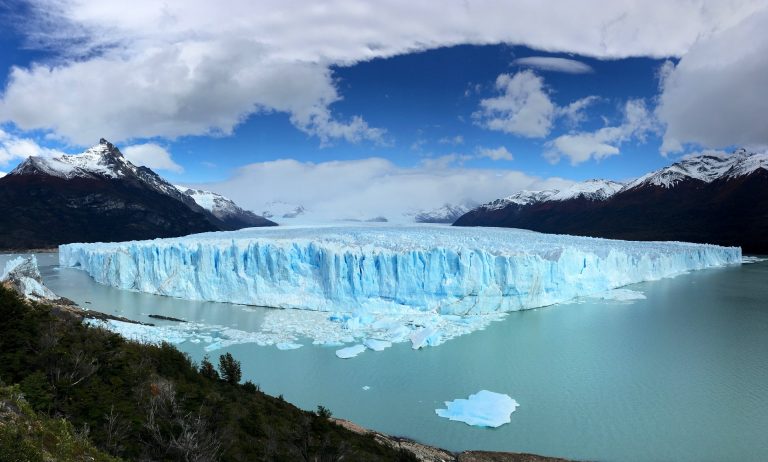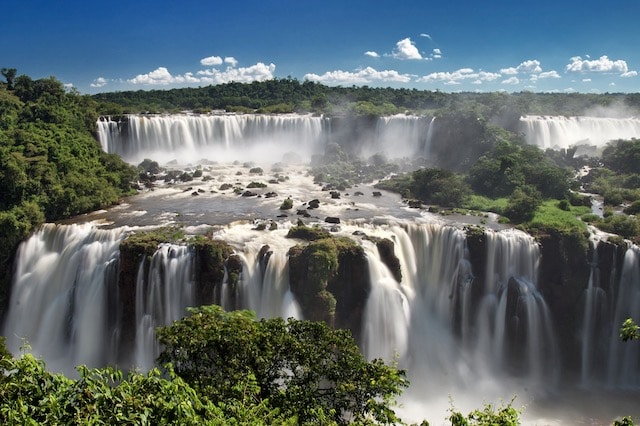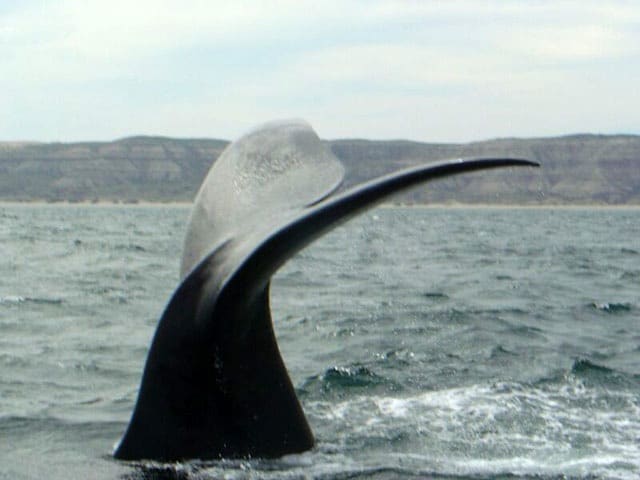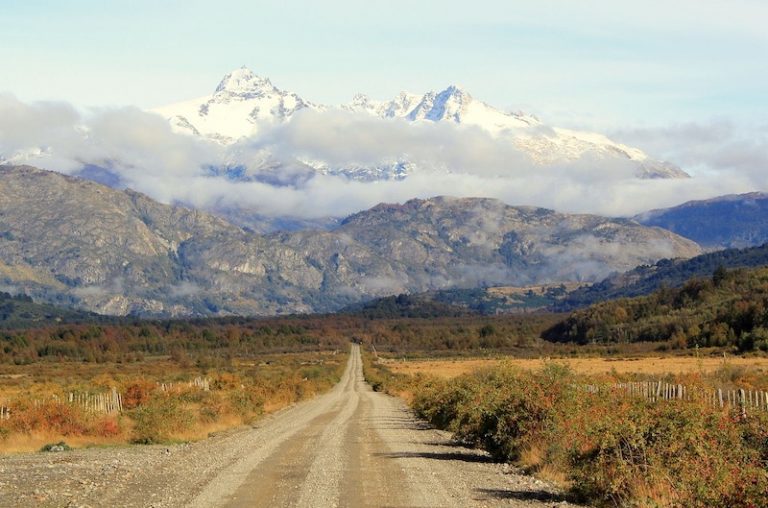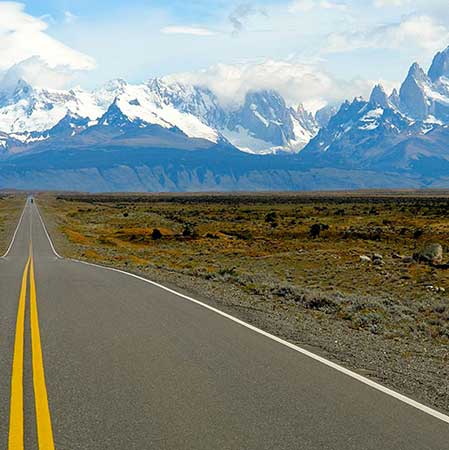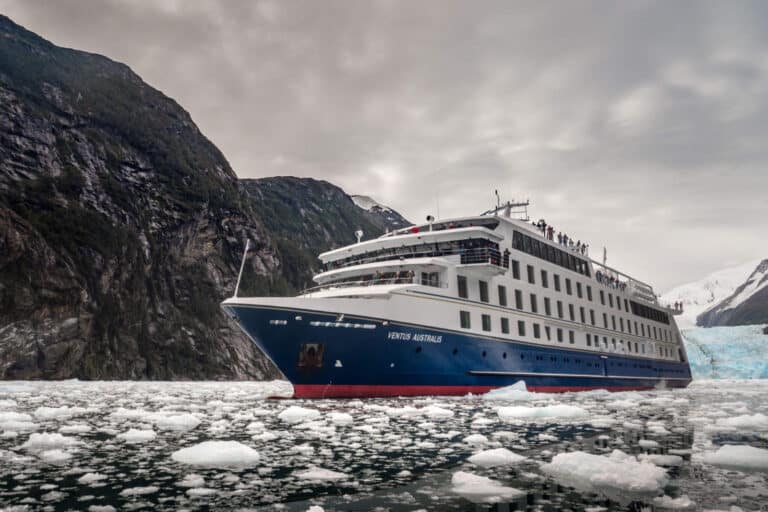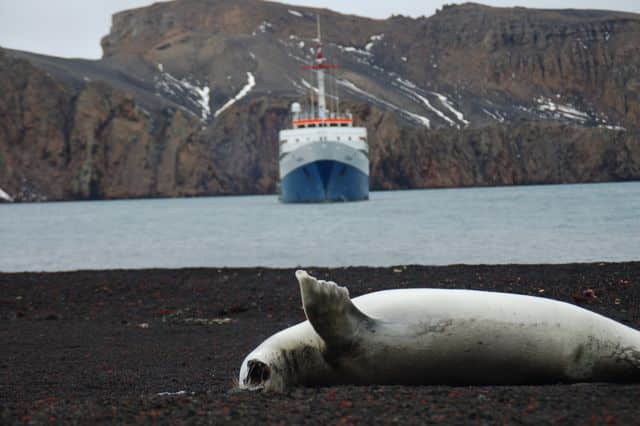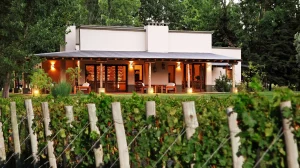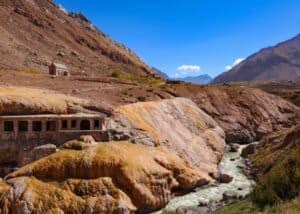Mendoza wine region is one of the most popular wine regions in the world, located in the eastern foothills of the Andes Mountains in Argentina. The region is known for producing some of the best wines in South America, particularly Malbec, which has become the signature grape of the region. Mendoza is also home to a number of other grape varieties, including Cabernet Sauvignon, Syrah, and Chardonnay, among others.
The geography and climate of Mendoza play a significant role in the quality of the wines produced in the region. The vineyards are planted at some of the highest altitudes in the world, with some reaching as high as 3600 feet above sea level. This altitude, combined with the dry, desert-like climate and the cool nights, creates ideal growing conditions for the grapes. The region is divided into three main areas: Maipu Valley, Lujan de Cuyo, and Uco Valley, each with its own unique characteristics and wineries to explore.
Geography and Climate of Mendoza
Mendoza is a wine region located in the Cuyo region of Argentina, in the Mendoza Province. The region is situated in the foothills of the Andes Mountains, which provides a unique high-altitude environment for grape growing. The altitude of the region ranges from 2,300 to 5,600 feet (700 to 1,700 meters) above sea level, making it one of the highest wine regions in the world.
The geography of Mendoza is dominated by the Andes Mountains, which run along the western side of the region. The Uco Valley, Tupungato, Tunuyán, San Rafael, and General Alvear are some of the sub-regions of Mendoza that are located in the foothills of the Andes. The mountain rivers of Desaguadero, Diamante, and Atuel also flow through the region, providing water for irrigation.
The climate of Mendoza is continental with semi-arid desert conditions. The region receives an average of 300 days of sunshine per year, with little rainfall. The lack of rainfall is compensated by the melting snow from the Andes Mountains, which provides water for irrigation. The temperature in the region varies greatly between day and night, which helps to preserve the acidity and freshness of the grapes.
The Valle de Uco is one of the most important sub-regions of Mendoza, located in the foothills of the Andes Mountains. The region is known for its high-altitude vineyards, which produce some of the best Malbec wines in the world. The region is also home to other grape varieties such as Cabernet Sauvignon, Chardonnay, and Syrah.
In conclusion, the geography and climate of Mendoza provide a unique environment for grape growing. The high altitude, mountain rivers, and semi-arid desert conditions create a terroir that is ideal for producing high-quality wines.
Vineyards and Wineries

I had the pleasure of visiting several vineyards and wineries during my trip to the Mendoza wine region. The area is home to over 1200 wineries, so there is no shortage of options to choose from. Here are some of the most notable ones that I visited:
- Bodega La Rural: This winery is located in the region of Maipu and is one of the oldest wineries in Mendoza. They offer tours and tastings, and their wines are known for their high quality.
- Ruca Malen: This winery is located in the region of Lujan de Cuyo and has a stunning setting with views of the Andes mountains. They offer a variety of tasting experiences, including food and wine pairings.
- Domaine Bousquet: This winery is located in the region of Tupungato and is known for its organic and biodynamic wines. They offer tours and tastings, and their wines are available for purchase in many countries around the world.
- Trapiche: This winery is located in the region of Maipu and is one of the largest wineries in Argentina. They offer tours and tastings, and their wines are widely available in many countries.
- Catena Zapata: This winery is located in the region of Lujan de Cuyo and is one of the most well-known wineries in Argentina. They offer tours and tastings, and their wines are highly regarded by wine critics around the world.
- Salentein: This winery is located in the region of Uco Valley and has a unique setting with a chapel and art gallery on the property. They offer tours and tastings, and their wines are known for their complexity and elegance.
- Tempus Alba: This winery is located in the region of Maipu and is known for its sustainable practices and innovative winemaking techniques. They offer tours and tastings, and their wines are available for purchase in many countries.
- Carmelo Patti: This winery is located in the region of Lujan de Cuyo and is a small, family-owned operation. They offer tours and tastings, and their wines are highly regarded for their quality and authenticity.
Overall, the Mendoza wine region is a must-visit destination for wine lovers. With so many vineyards and wineries to choose from, there is something for everyone. Whether you prefer big, bold reds or crisp, refreshing whites, you are sure to find a wine that suits your taste.
Wine Varieties and Production
Mendoza wine region is known for its diverse range of grape varieties and high-quality wine production. Malbec, Cabernet Sauvignon, and Chardonnay are some of the most popular grape varieties grown in the region.
Malbec is the signature grape of Argentina and has become synonymous with Mendoza wine region. It produces full-bodied red wines with rich flavors of blackberry, plum, and chocolate. Cabernet Sauvignon is another popular red grape variety that grows well in Mendoza’s high altitude vineyards. It produces wines with intense flavors of black currant, cedar, and tobacco.
Chardonnay is the most widely planted white grape variety in Mendoza. It produces wines with flavors of green apple, pear, and citrus. Other popular white grape varieties grown in the region include Sauvignon Blanc and Torrontés.
Mendoza wine region is also known for its high-quality sparkling wine production. The traditional method is used to produce sparkling wines using Chardonnay and Pinot Noir grapes. These wines have a crisp acidity and delicate bubbles.
Red wine production dominates the wine industry in Mendoza. However, there has been an increase in white wine production in recent years. The wine production in Mendoza is divided into three main regions: North, Central, and South. Each region has its own unique terroir and microclimate, which influences the grape varieties grown and the style of wine produced.
Overall, Mendoza wine region is a major player in the Argentinian wine industry. The region produces a wide range of high-quality grape varieties and wine styles that are enjoyed by wine enthusiasts around the world.
Soil and Irrigation
I have found that the soil and irrigation in Mendoza play a significant role in the region’s wine production. Mendoza’s soil is composed of sandy and alluvial on top of clay substructures, which provides excellent drainage and aeration for the vines. The alluvial soils are rich in minerals, which contributes to the unique flavor profile of the wines produced in the region.

The irrigation system in Mendoza is also crucial to the success of wine production in the region. Due to the dry climate, irrigation is necessary for the vines to thrive. The region relies on a complex system of boreholes, canals, and reservoirs to distribute water throughout the vineyards.
I have learned that Mendoza’s irrigation system is highly regulated, with strict controls on the amount of water that can be used. This ensures that the water is used efficiently and sustainably, which is essential in a region where water is a scarce resource.
In addition to the traditional irrigation methods, Mendoza is also experimenting with new technologies, such as drip irrigation. This method delivers water directly to the roots of the vines, reducing water waste and increasing efficiency.
Overall, I believe that Mendoza’s unique soil composition and sophisticated irrigation system contribute to the exceptional quality of the wines produced in the region.
Wine Characteristics
Mendoza is known for producing high-quality wines with unique characteristics. As a wine region, Mendoza is known for its red wines, particularly Malbec. However, the region also produces a variety of other wines, including Cabernet Sauvignon, Syrah, and Chardonnay.
One of the primary characteristics of Mendoza wines is their tannins. Tannins are compounds found in the skins, seeds, and stems of grapes that give wine its astringent taste. Mendoza wines are known for having high tannin levels, which give the wine structure and balance.
Another important characteristic of Mendoza wines is their acidity. Acidity is a crucial component of wine, providing freshness and balance. Mendoza wines are known for their balanced acidity, which helps to enhance the flavors of the wine.
Mendoza wines are also known for their minerality. Minerality refers to the taste of minerals in the wine, which can give it a distinct flavor profile. Mendoza wines are often described as having a mineral edge, which adds complexity to the wine.
Overall, Mendoza wines are known for their bold flavors and unique characteristics. Whether you are a wine enthusiast or a casual drinker, Mendoza wines are sure to impress.
Wine Tourism and Tastings
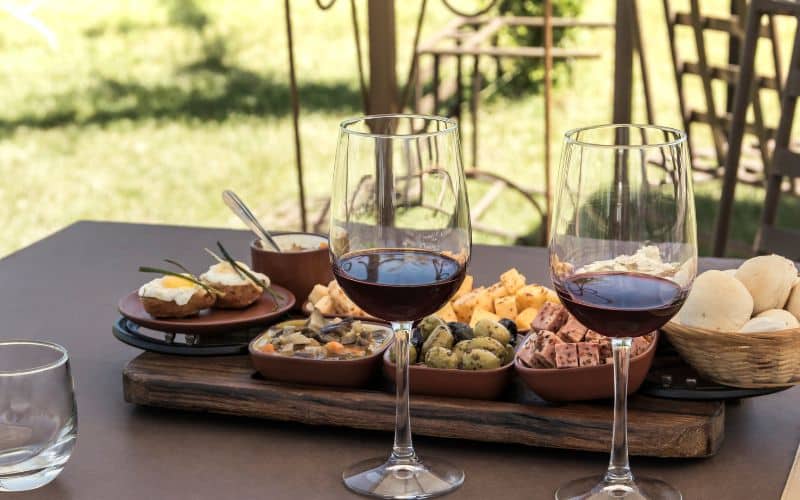
As a wine lover, I was excited to visit Mendoza and experience the famous wine region. The wine tourism industry is well-developed in Mendoza, offering a variety of tours and tastings to suit every preference and budget.
There are several types of tours available, including group tours, private tours, bike tours, and horseback tours. Group tours are a great option if you’re traveling alone or on a budget, as they are usually more affordable. Private tours are ideal if you want a more personalized experience and have specific wineries you want to visit.
Most wine tours include tastings at multiple wineries, so you can sample a variety of wines and learn about the winemaking process. Some tours also include a visit to an olive oil factory or a stop at a local restaurant for lunch.
It’s important to make reservations in advance, especially during peak season. Many wineries require reservations for tastings, and some tours require advanced booking as well. You can usually make reservations online or by phone.
Most wineries accept cash and credit cards, but it’s always a good idea to bring some cash just in case. Some smaller wineries may not accept credit cards, so it’s best to check ahead of time.
If you’re planning on driving yourself, be aware that the legal blood alcohol limit in Argentina is lower than in the United States. It’s best to have a designated driver or hire a driver for the day. Many tour companies offer transportation as part of their package.
Overall, the wine tourism industry in Mendoza is top-notch, offering a variety of options for every type of traveler. Whether you’re a wine connoisseur or just enjoy a good glass of Malbec, a visit to the Mendoza wine region is a must-do for any Latin America itinerary.
Appellations and Subregions
Mendoza wine region is divided into several appellations and subregions, each with its own unique terroir and grape varieties.
Luján de Cuyo
Luján de Cuyo is one of the most important subregions of Mendoza. It was the first appellation established in Argentina in 1993. Located at the foothills of the Andes, Luján de Cuyo is known for its high altitude vineyards that produce some of the world’s best Malbec wines. The region has a semi-arid climate with hot days and cool nights, which allows for the slow ripening of grapes and the development of complex flavors. Some of the notable wineries in Luján de Cuyo include Catena Zapata, Luigi Bosca, and Norton.
Maipú
Maipú is another significant subregion of Mendoza, located just outside the city of Mendoza. The area is known for its sandy soils and warm climate, which is favorable for the cultivation of Cabernet Sauvignon and Syrah grapes. Maipú is home to many historic wineries, including Trapiche, which was founded in 1883. Other notable wineries in Maipú include Familia Zuccardi and Tempus Alba.
Agrelo
Agrelo is a small subregion of Luján de Cuyo, known for its high altitude vineyards and stony soils. The region is particularly well-suited for growing Malbec grapes, which produce wines with intense fruit flavors and firm tannins. Some of the notable wineries in Agrelo include Bodega Norton and Luigi Bosca.
Gualtallary
Gualtallary is a subregion of Tupungato, located at an altitude of 1,300 meters above sea level. The region is known for its chalky soils and cool climate, which is ideal for growing Chardonnay and Pinot Noir grapes. Some of the notable wineries in Gualtallary include Zuccardi Valle de Uco and Salentein.
San Carlos
San Carlos is a subregion of the Uco Valley, located at an altitude of 1,200 meters above sea level. The area is known for its sandy soils and cool climate, which is favorable for the cultivation of Cabernet Sauvignon and Merlot grapes. Some of the notable wineries in San Carlos include La Azul and Finca Sophenia.
Barrancas
Barrancas is a subregion of Maipú, located at an altitude of 750 meters above sea level. The region is known for its sandy soils and warm climate, which is ideal for growing Cabernet Sauvignon and Syrah grapes. Some of the notable wineries in Barrancas include Bodega Argento and Finca Flichman.
Heart
Heart is a subregion of Luján de Cuyo, located at an altitude of 900 meters above sea level. The area is known for its stony soils and cool climate, which is favorable for the cultivation of Cabernet Sauvignon and Malbec grapes. Some of the notable wineries in Heart include Bodega Norton and Luigi Bosca.
Other Details
As I plan my visit to the Mendoza wine region, I have come across some additional details that might be helpful for other travelers.
Getting There
The Mendoza wine region is located in and around the city of Mendoza, which can be reached by air or bus from Buenos Aires. Flights from Buenos Aires take about 2 hours, while the bus journey takes around 12 hours. Once in Mendoza, it is easy to rent a car or hire a driver to explore the various wineries.
Wine Tasting
Mendoza is known for its wine producing, particularly Malbec, Cabernet Sauvignon, Tempranillo and Shiraz. Most wineries require a reservation for tastings and tours, so it is best to plan ahead. Some wineries may offer tastings without a reservation, but it is always best to call ahead to confirm.
Altitude
Mendoza is located at the eastern foothills of the Andes Mountains, overlooked by the imposing Mount Aconcagua. The vineyards are planted at some of the highest altitudes in the world, with some reaching as high as 3600 feet above sea level. Visitors should be aware of the altitude and take necessary precautions, such as staying hydrated and avoiding excessive alcohol consumption.
Weather
Mendoza is a hot, dry, desert-like region, surrounded by snow-capped mountains and mesmerizing scenery. The best time to visit is during the harvest season from February to April when the weather is mild and the vineyards are bustling with activity. However, visitors should be prepared for sudden changes in weather, particularly during the winter months.
Accommodation
There are plenty of accommodation options in Mendoza, ranging from budget hostels to luxury hotels. Many wineries also offer on-site accommodation, providing a unique wine country experience. Visitors should book in advance, particularly during the peak season.
Overall, Mendoza offers a unique wine country experience, with stunning scenery, world-class wines, and warm hospitality. As I plan my visit, I am excited to explore the various wineries and immerse myself in the rich culture and history of this beautiful region.
Frequently Asked Questions
What are the main wine regions in Mendoza?
Mendoza is divided into three main wine regions: Maipu, Lujan de Cuyo, and the Uco Valley. Maipu is the oldest and most traditional wine region, while Lujan de Cuyo is known for its high altitude vineyards. The Uco Valley is the newest and most modern wine region, with vineyards planted at higher elevations and cooler temperatures.
How many wineries does Mendoza have?
Mendoza has over 1,200 wineries, making it one of the largest wine regions in the world. With so many options, it can be overwhelming to choose which wineries to visit. It’s important to do some research and plan ahead to make the most of your time in Mendoza.
What wine is Mendoza known for?
Mendoza is best known for its Malbec wine, which is made from a grape variety originally from France. The dry climate and high altitude of Mendoza create ideal growing conditions for Malbec, resulting in rich, full-bodied wines with dark fruit flavors and a smooth finish. Mendoza also produces other varietals such as Cabernet Sauvignon, Syrah, and Chardonnay.
What are the best Uco Valley wineries?
The Uco Valley is home to some of the most highly regarded wineries in Mendoza. Some of the top Uco Valley wineries include Zuccardi, Salentein, Andeluna, and The Vines of Mendoza. These wineries offer a range of experiences, from casual tastings to fine dining and luxury accommodations.
What are the best Mendoza wines?
In addition to Malbec, Mendoza produces a range of high-quality wines. Some of the best Mendoza wines include Achaval-Ferrer Finca Bella Vista Malbec, Catena Zapata Nicasia Vineyard Malbec, and Bodega Colomé Altura Máxima Malbec. These wines are known for their complexity, depth, and ageability.
What are some things to do in Mendoza besides wine tasting?
While wine tasting is certainly a highlight of any trip to Mendoza, there are plenty of other things to see and do in the region. Visitors can explore the Andes mountains, go horseback riding, or take a hot air balloon ride over the vineyards. The city of Mendoza also offers cultural attractions such as museums, art galleries, and historic landmarks.
My organised trips to Patagonia
In the carousel below you can see already assembled itineraries for inspiration, click on the one you are interested in and ask me for a quote.
Compact trip through the southernmost Argentinean Patagonia: Ushuaia and El Calafate
Enjoy the 3 most relevant ecosystems in Argentina: The End of the World, The Glaciers and the Iguazu Falls.
Trip to Patagonia Argentina in 7 days touring the most beautiful landscapes of Patagonia Argentina (Peninsula Valdés & El Calafate)
The Carretera Austral by rental car is probably one of the most spectacular routes in Patagonia, designed to be travelled with plenty of time in your rental car.
Tour along Route 40 in Patagonia, starting on Route 3 on the Atlantic coast and continuing along Route 40 until reaching the Andes Mountains and El Calafate.
The Australis Cruises are Expedition Cruises that sail through the Strait of Magellan and the Beagle Channel, exploring one of the most beautiful and unspoiled regions of the world such as Patagonia and Tierra del Fuego.
The Antarctic Cruise aboard the MV USHUAIA offers you an incredible introduction to the 'White Continent' at a reasonable price.



